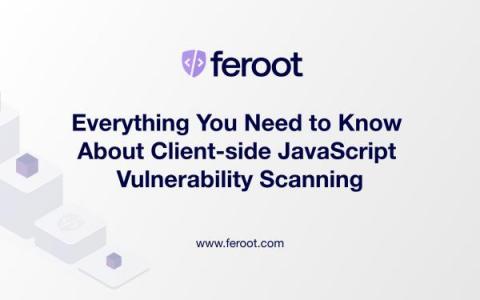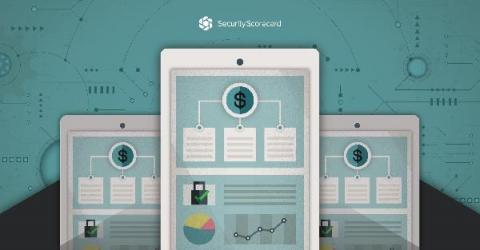Reduce open source risk in M&A with software due diligence
The vast majority of today’s applications are made up of open source components. The 2021 “Open Source Security and Risk Analysis” (OSSRA) report, conducted by the Synopsys Cybersecurity Research Center (CyRC), found that 75% of the 1,500+ codebases analyzed were composed of open source. Understanding what’s in your codebase is essential, and for M&A transactions it’s one of the key drivers for performing software due diligence.











